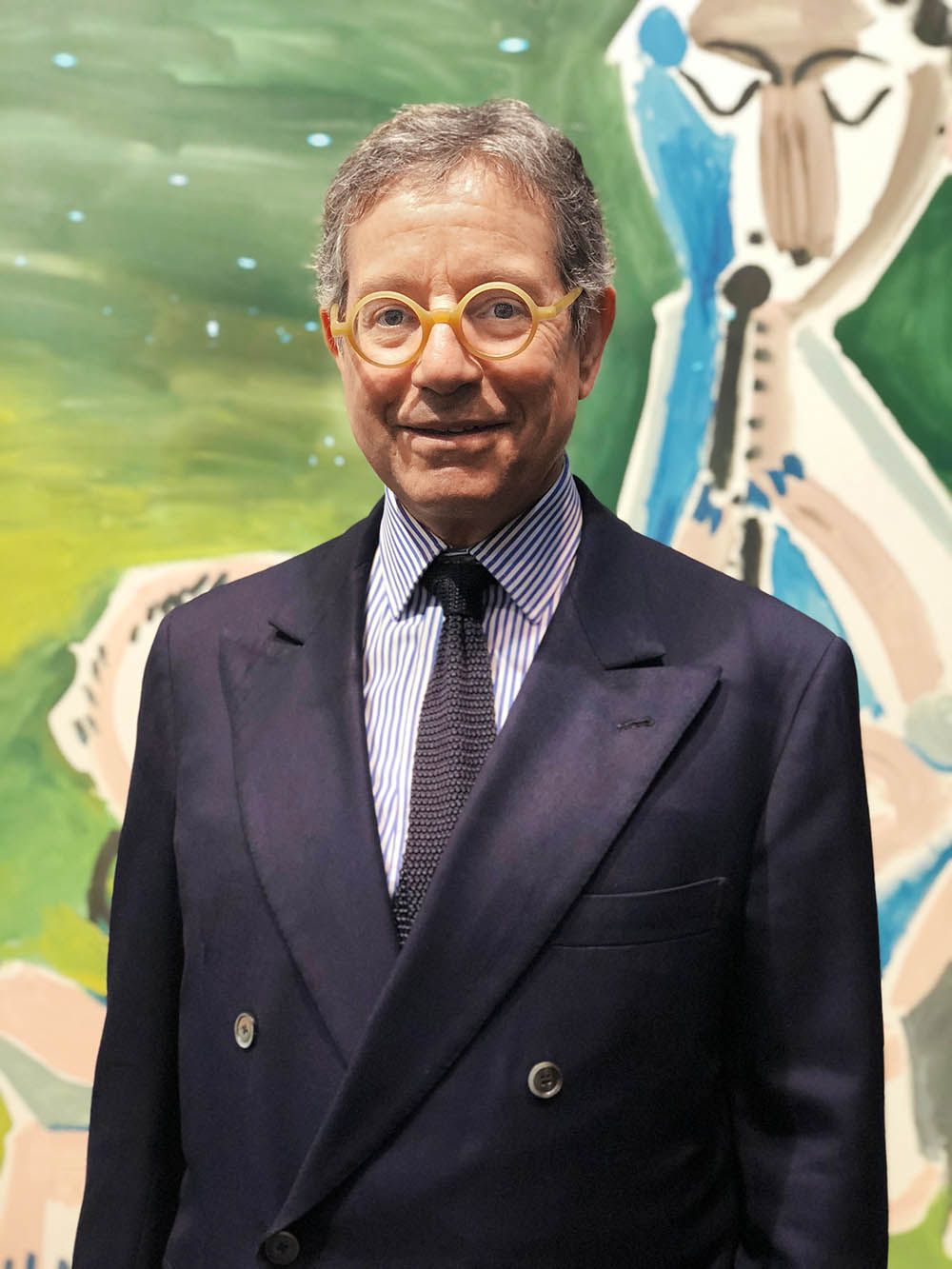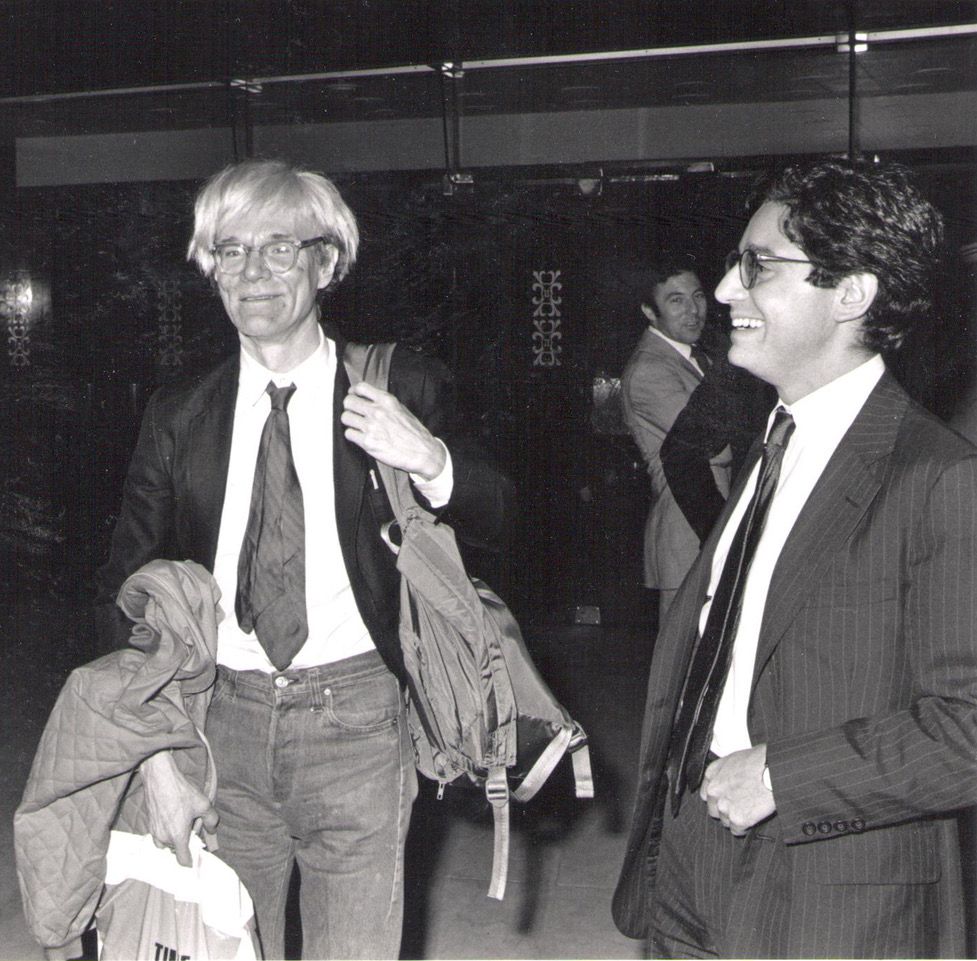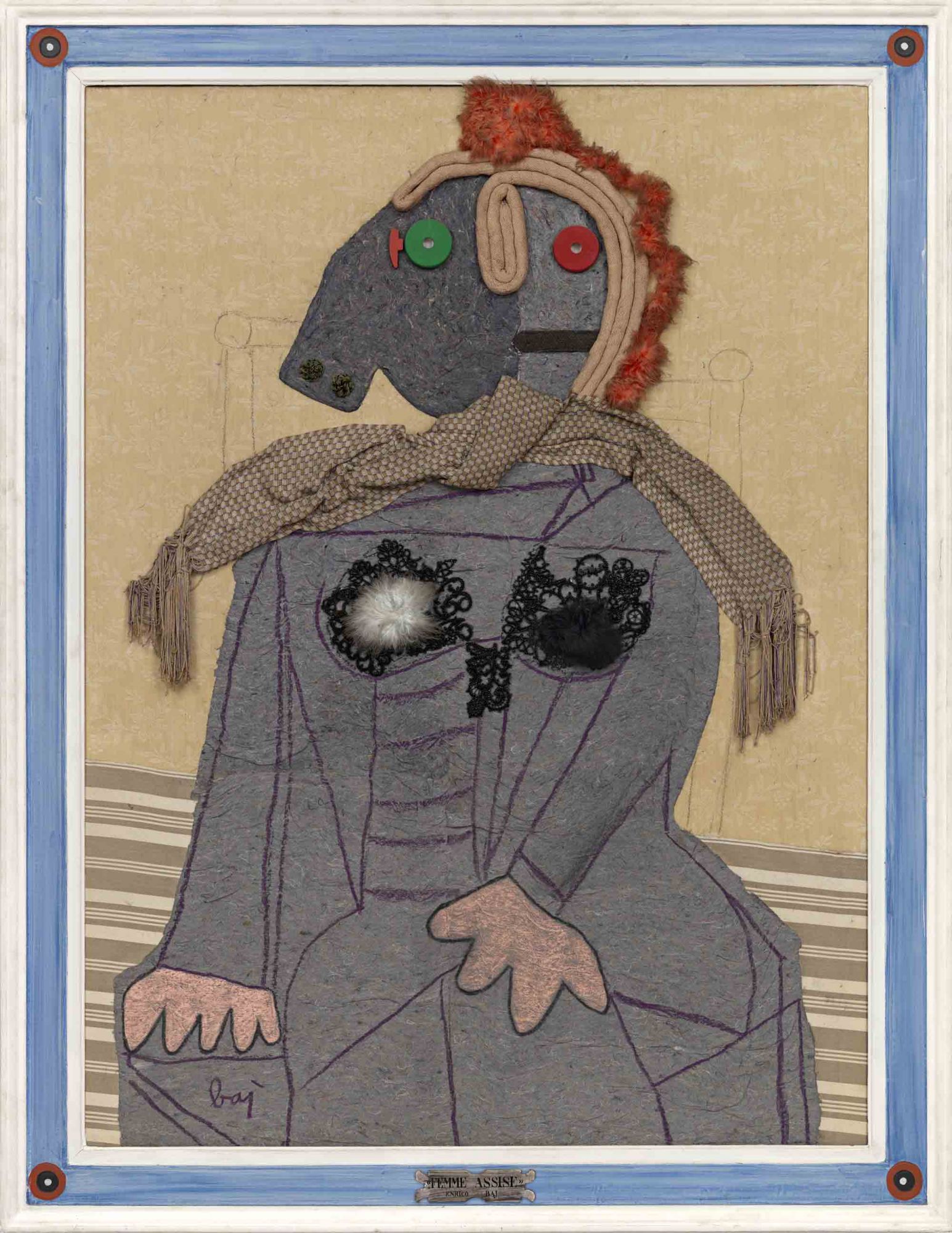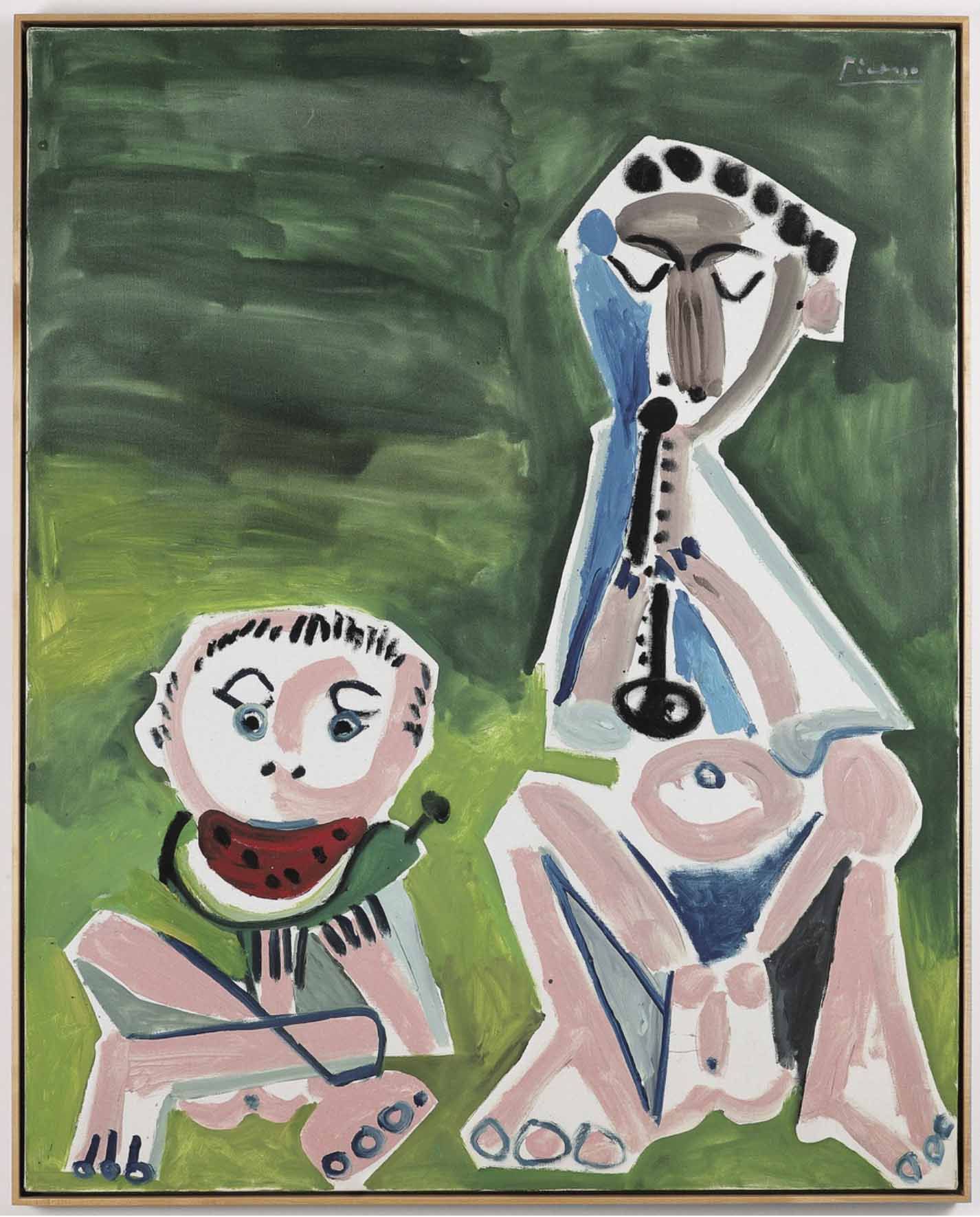The powerhouse art dealer and curator talks opening his Los Angeles gallery with Ai Weiwei
To say that Jeffrey Deitch has had a hand in shaping today’s contemporary art world is a vast understatement. Known for his sharp eye for talent as well as his trademark round spectacles, the curator, dealer, writer and former director of the Museum of Contemporary Art, Los Angeles (MOCA) has been credited with propelling some of contemporary art’s biggest names—including Jeff Koons, whose 50th birthday party he organised—to global stardom.
A true mover and shaker, Deitch also brought Andy Warhol to Hong Kong for the first time in 1982; Warhol captured their excursions around town from the Peak to the Mandarin Oriental hotel in a series of striking black-and-white photos. Last year, some of these photos went under the hammer at the ‘Warhol in China’ auction hosted by Phillips.
Deitch now has his eye on another booming city in the art world—Los Angeles—where he will be opening a gallery this September with an inaugural show by none other than Chinese artist and activist Ai Weiwei.
We caught up with the ebullient Deitch during his recent trip to Hong Kong as curator of the exhibition ‘Modern Figures’ at Luxembourg & Dayan’s booth at Art Basel in Hong Kong.

What can we expect at your new gallery opening this September in Los Angeles?
I’m opening with Ai Wei Wei. He’s an artist with a following beyond just the art world and I want people who are interested in world affairs and refugee crisis and such. We will have the space to do museum-level exhibitions. Instead of monthly shows like the traditional gallery model, we will have a museum schedule, which will be more ambitious. I’ve actually only programmed one year. I want people to see the space. I don’t want to programme it out three years in advance; I want to have some spontaneity.
There is lots of talk about Los Angeles being the next ‘it spot’ for the art world. Do you think that’s correct?
That definitely is correct. Every few weeks I hear of another ambitious young artist who’s moved there. The cost of having a studio there is moderate, so an artist doesn’t have to be in that cubicle in the basement. In New York City, a number of the industries that support artists like metal fabricators and plastic fabricators have gone out of business. In LA, these businesses are still thriving. Artists can still find good fabrics there.




